Gifts kids expectations and wow. Go head and walk into a store, stroll past a vendor, or try to skip the gift shop at the end of an event. Chances are, if the kid sees it, they’ll want it.
“Gimme, Gimme, Gimme.”
Big holiday events and birthdays can create a specific case of the gimmes, but a general desire for toys, kids gifts, clothing, or things can happen at any time of the year.
Want of stuff, any stuff, isn’t limited to kids. Teenagers and adults like stuff too, right? So even though I’m dishing out free advice for keepin’ the costly kid-gimmes in check, I figure, what’s good for the little ones is probably good for the bigger kids too.
Gifts kids: The 9 Best Toys of All Time Don’t Cost a Thing
Since I’m an equal-opportunity ‘Stuff Tamer’, here are a few tricks and tips I shared on CBC’s The Exchange.
Watch and read on, kiddos.
1. Gifts Kids: Keep a wish list.
A wish list isn’t a Santa List and it’s not tied to a holiday or an event. A wish list is a year-round compilation of the toys or things your kid wants, and it changes from age to season. As your kid grows and their tastes change, encourage them to update their list to reflect their new perspective.
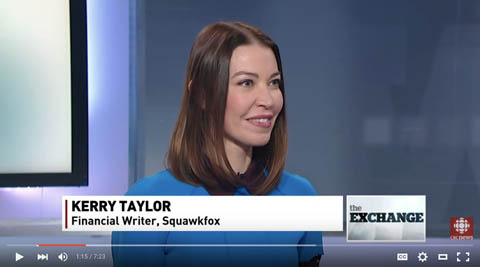
Encourage your kids to add non-material items too. My daughter is a huge fan of the playground, “Legos”, tobogganing, and reading books. When it comes down to itemizing stuff, I find her biggest wants are not “things-related” but time related — she wants to spend more time playing and being a goof with me.
2. Make priorities a priority.
Get the kid to prioritize their list and make choices. Find out what’s numero uno, ask them why they want it, and challenge them to see the difference between wants and needs.
You’ll either learn the importance of the toy from your child’s perspective, or you’ll see the marketing they’ve been fed. The hope is the want for the toy has a need, and your kid plays with it for longer than 20 minutes.
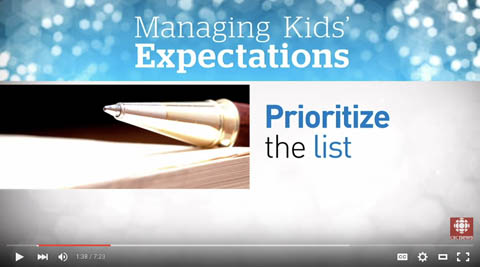
Lastly, be sure to suggest alternative options to the big pricey brands. Is there similar play value from a less expensive toy? If your kid or teen absolutely has to have a specific item or brand then challenge them to explain what the pricey version offers over the less costly option. Raising a kid who can comparison shop, weigh value, and see other options in the marketplace is smart parenting. Maybe.
3. Set limits.
Being into mathy math, my kid gets a formula of gifts from me on Christmas and her birthday. Also, it helps that the formula rhymes. Kids like rhymes, right?
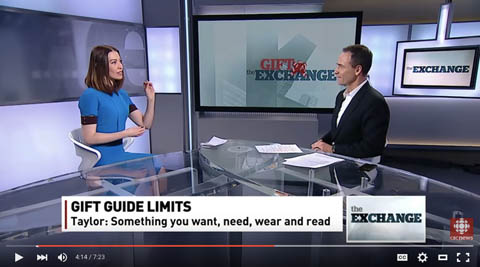
Kids Gifts Formula: Want-Need-Wear-Read
Give your kid one thing they want, one thing they need, something to wear, and something to read. While you can’t control what other people give your kids, you can set the expectation of what they’ll get from you. You know, socks and underwear. Smile.
4. Give your kid an allowance.
My daughter gets an allowance — a dollar a week for every year she’s kept me awake at night. So far we’re up to four bucks. She’s thrilled, I’m exhausted.

Anyhoo, her allowance isn’t tied to chores. I don’t get paid to clean my room, why should she? The idea is to put some money into her tiny hands and get her to feel what saving and spending feel like. When she spends her money on a stuffed animal she learns things have a cost and that money runs out.
We talk about the price of things, and I’m not shy to share the cost of her “gift ideas” with her. Want to tame gift expectations? Use a calendar to show your kid how many weeks of allowance she would have to save to buy that purple scooter on her wish list. You’re allowed to laugh when you see her little face scowl to figure it out.
5. Gifts Kids: Disappointment isn’t a bad thing. Really!
I can’t afford to buy my kid a lot of things, and some toys I just refuse to buy. Maybe you’re in the same boat. Yes, my kid asked me for a boat (a really big boat) when she saw a photo of a cruise ship. I said, “No”. Her tantrum was Titanic.
So what? Use the disappointment to teach a life lesson. Share a time in your life when you wanted something, but didn’t get it. Describe how you dealt with the situation and reassure them they will recover, as you have. Dealing with disappointment is good. “You can’t have everything today” — it’s a good lesson to learn young. A cruise ship would be better though, I know.
6. Focus on building memories, not a pile of stuff.
When I think back to all my birthday parties and holidays, I don’t remember presents or things. Ok, I remember when Santa stuffed my stocking with socks and underwear. What a jerk!
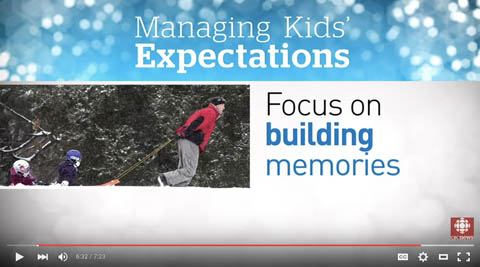
Anyhoo, I remember spending time with friends and family. I recall big skating parties and bigger ice cream cakes and playing cribbage with my grandmother. She always skunked me. What a jerk!
Anyways, try your best to move the focus away from collecting gifts, to enjoying the event. Talk about seeing family during the holidays, or inviting friends over for a birthday party. Memories last forever, stuff has a shelf life.
Read: The 9 Best Toys of All Time Don’t Cost a Thing
If this fails there’s always the cardboard box. All kids like boxes and will spend hours playing with the box that protected the expensive thing you just bought them. Besides, a cube of cardboard is cheap. Phew.
Love love love,
Kerry
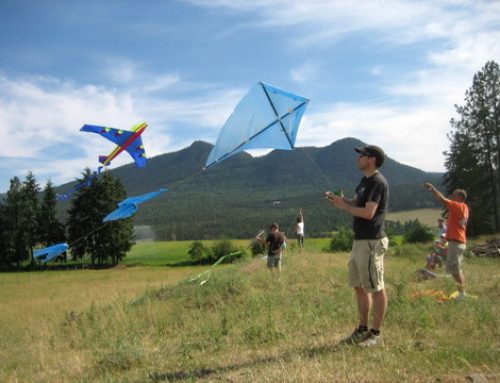

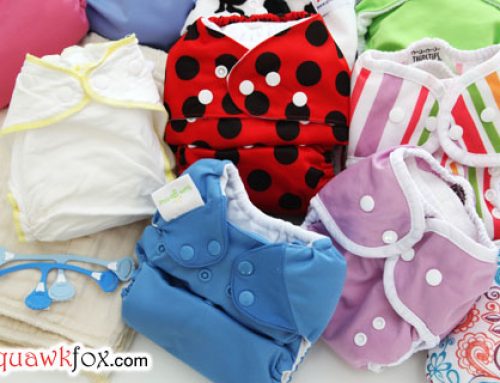

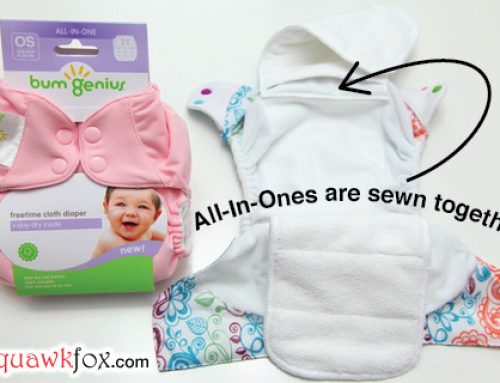
This is great! We used the want-need-wear-read this year for the first time.
My son is 9 and gets 50 cents a week for each year he’s been alive, so $4.50 a week. The 3 year old doesn’t get an allowance yet.
And yes, the cardboard boxes. I took a couple home recently (and I get a lot from work that I could take home). The little guy colored on one for an hour, and the big boy got scissors and tape and turned the other one into a cardboard sword and shield. Good stuff right there.
Hi Kerry! I love the idea of giving an allowance to teach the value of money. My oldest is three so I’m definitely going to start doing this! He’s all about gimme. Thank you for sharing this. There is so much I can learn from you.
Hi Kerry! Thanks for the idea to prioritize the want list. My kids are older, (14, 17, 23) and many of their wants are higher priced items. Prioritizing means that sometimes one has to wait longer for a gift. Sometimes the wait changes the priority. I really appreciate all the tips!
Guilt is never a reason to spend money, especially with your kids. Most kids just need their “wanters” adjusted. Fix their “wanters” and they should be just fine.
Kerry,
Thanks for the thoughtful advice. Though I totally agree with your philosophy on money & values, I admit we struggle at times to stay the course. We do most of these things most of the time, but there are times when that relentless pressure of Gimme! bresks my resolve and I give in…
Aram
I use a slightly different approach with my teenagers. I tell all my teenagers(I’m on number 4 and 5) they can have almost anything they want as long as they are willing to work for it.I mean an education or material items.I set a budget at Christmas. If they ask for an item over and above they receive a card with cash towards what the item. We have done this with snowboards,electric guitars,tablets etc . That way they learn to do the bargain hunting as they take some of the money from their own part time jobs and put it towards these things. If they want to sacrifice more of their wages to get the “brand” ,they know that they will have less money for other things later.Sometimes they decide on used or will wait for that big sale deal. I never shopped with my children when they were small if they were hungry or tired and limited my grocery shopping to 45 min when they accompanied me. I see many parents trying to shop all afternoon with little ones and children at that age have short attention spans. I also had a hands in your pockets rule ,no touching unless you are paying. Each child had their own purse or wallet and when the money was gone it was gone. They all have savings for “just in case”.
It seems that the old fashion piggy bank is not enough these days. I think personal finance should be a class in high school.
The wish list is an awesome idea! I never thought of it that way but that is a great tip!